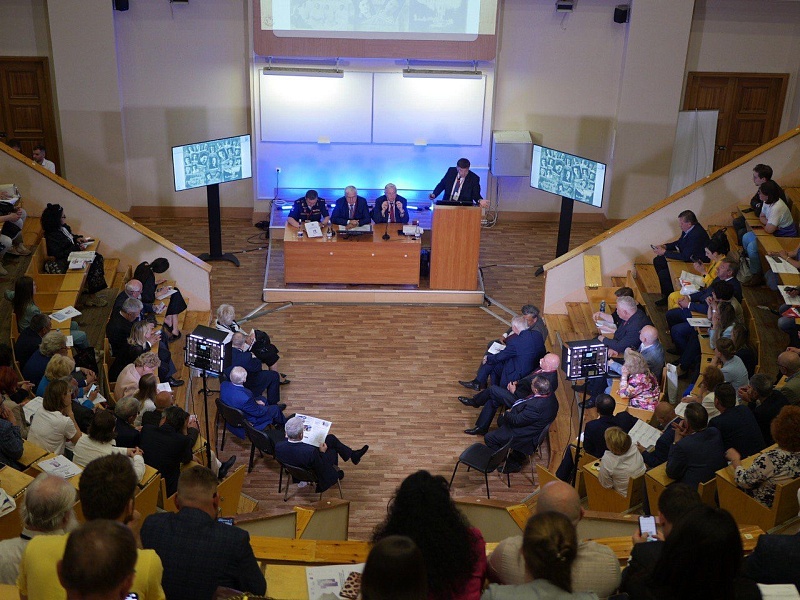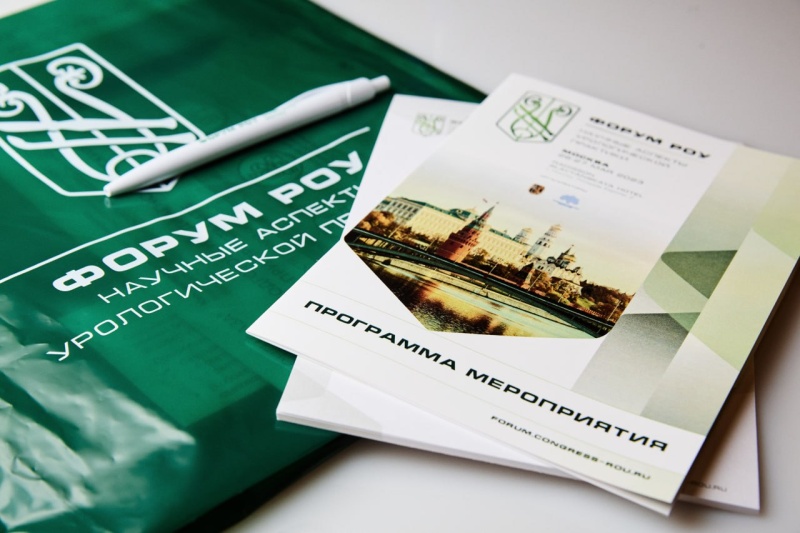
Immunocorrective therapy: how to shake off chronic sinusitis?

According to Sergei Karpishchenko, Dr. habil. med., Professor, Head of Department of Otorhinolaryngology at the clinic of Academician I.P. Pavlov First St. Petersburg State Medical University, sinusitis can be caused by bacteria, viruses, fungi, allergens and other environmental elements, but up to 98% of cases of the disease are of a viral nature[2].
The first barrier to pathogens is the airway mucosa. The cells of the ciliated epithelium help to remove excess mucus, foreign particles and harmful microorganisms[3]. These cells contain receptors that play a key role in innate immunity. They are able to recognize the structure of microorganisms and activate the cell-mediated response. In addition, they are the intermedia for other cells of the immune system involved in the immune response[4].
Therefore, immunocorrective drugs, such as Polyoxidonium®, play an important role in successful treatment of chronic sinusitis. According to S. Karpishchenko, this is especially important in treating patients with initial immunosuppressive conditions, which can influence the predisposition to infection and contribute to its exacerbation.
The inclusion of the product in the complex therapy of acute and chronic diseases can be an important factor in treatment efficacy for both adults and children, helping to activate the body’s immune response and increasing the chance for a faster symptom relief and recovery. According to S. Karpishchenko, Polyoxidonium® has a favorable safety profile and contributes to the prevention of relapses and infectious complications.
In addition, the professor shared his personal experience in the surgical treatment of challenging conditions, including children with congenital disorders and adults with post-traumatic changes in the ENT organs. He noted the important role of diagnostics, as well as an interdisciplinary approach to the treatment of such patients, in particular, ENT specialists and maxillofacial surgeons.
1 A.I. Kryukov, G.Yu. Tsarapkin, S.G. Romanenko, A.S. Tovmasyan, S.A. Panasov The prevalence and pattern of diseases of the nose and paranasal sinuses among the adult population of a megalopolis. Russian rhinology.2017;25(1):3-6.
2 Acute Sinusitis Clinical Guidelines. National Medical Association of E.N.T. Specialists. MZ RF 2021. https://cr.minzdrav.gov.ru/recomend/313_2
3 V.P. Bykova The mucous membrane of the nose and paranasal sinuses as an immune barrier of the upper respiratory tract //paranasal sinuses as a immune barrier of upper airways.... Ryasantcev SV, Klimantcev S., The problem of rhinocardiac reflij. – 1993.
4 Baike Evgeny Erbolovich, Bogodukhova Ekaterina Sergeevna Current concepts on the role of TOLL-like receptors in the pathogenesis of communicable and non-communicable diseases // Far Eastern Medical Journal. 2015. No. 4. https://cyberleninka.ru/article/n/sovremennye-predstavleniya-o-roli-toll-podobnyh-retseptorov-v-patogeneze-infektsionnyh-i-neinfektsionnyh-zabolevaniy
5 V. P. Vavilova, O. S. Chernyuk, T. A. Karaulnova. New ways of influencing local protective factors in children with pharyngeal lymphoid ring pathology, Attending physician, June 2011, No. 6.
Doctors Speak on How to Defeat Chronic Prostatitis at the Scientific Aspects of Urological Practice Forum Held by the Russian Society of Urology


